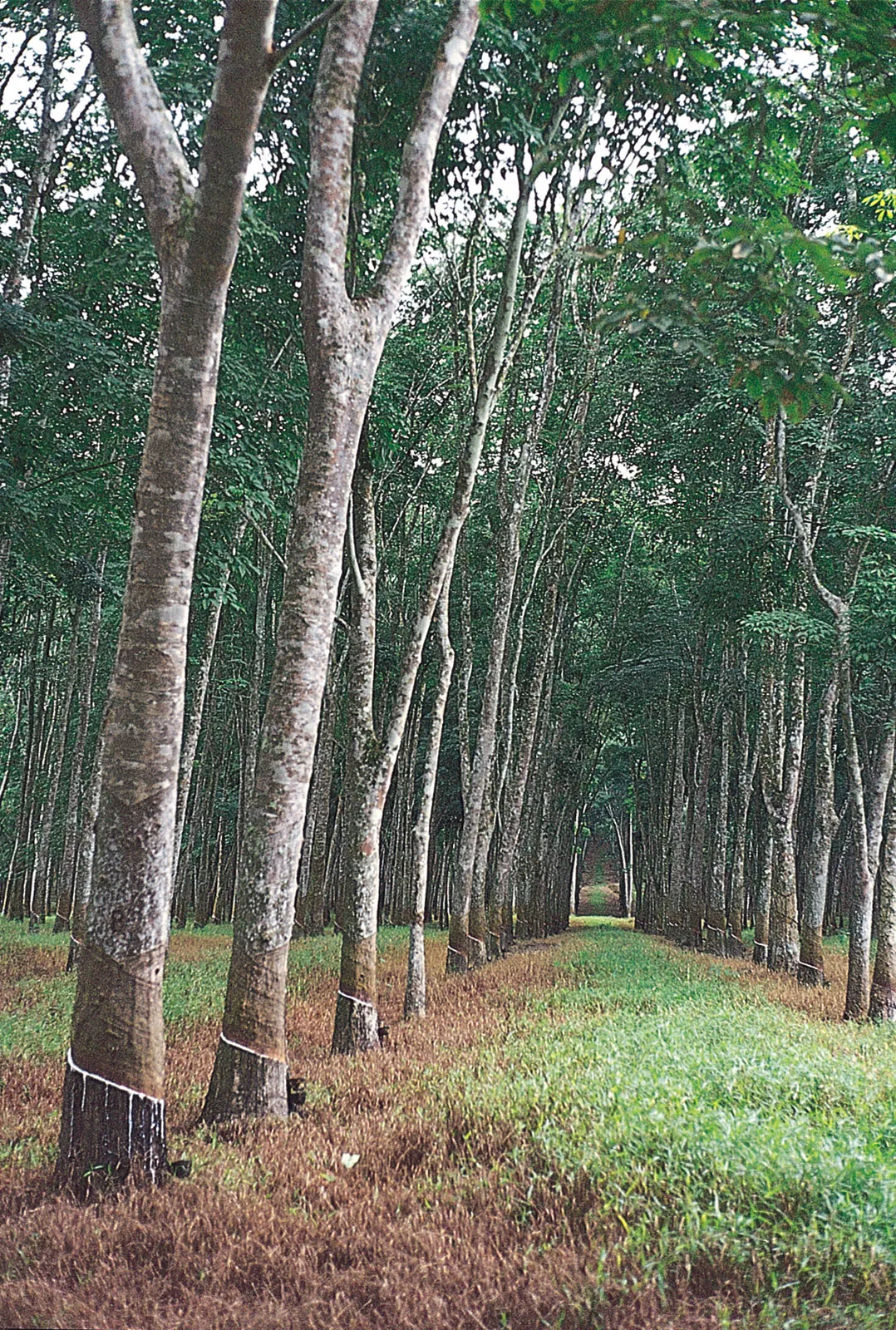Funding rubber tree farming has many benefits –farmers
The chairman of the National Rubber Producers, Processors and Marketers Association of Nigeria (NARPPMAN) in Cross River State, Rev. Inameti Umoh, has called on all levels of government in Nigeria and international development assistance agencies to deliberately fund rubber tree cultivation for purposes of conserving the ecosystem. He particularly called on authorities in the Niger […]

latex trees rubber plantation malaysia kuala lumpur
The chairman of the National Rubber Producers, Processors and Marketers Association of Nigeria (NARPPMAN) in Cross River State, Rev. Inameti Umoh, has called on all levels of government in Nigeria and international development assistance agencies to deliberately fund rubber tree cultivation for purposes of conserving the ecosystem.
He particularly called on authorities in the Niger Delta region of the country to extend funding for the cause as planting rubber trees will contribute to biodiversity conservation, restoration of sustainable, climate-smart and inclusive agriculture.
This call was made during the Cross River State Rubber Week with the theme ‘The Place of Rubber in Regeneration of Degraded Land for Restoration of Ecosystems’.
“The natural rubber tree converts the greenhouse gas to hydrocarbon. It is also capable of delivering it in commercially viable quantities almost on a daily basis, unlike any other plant like cocoa and palm tree. In addition, it returns some carbohydrates produced over a 30-year period, as medium-density hardwood.
- Ghana supreme court defers ruling on anti-LGBTQ bill
- Gov Radda hands over to deputy, proceeds on 1 month leave
“This natural process of the biosynthesis of two products not only sustains the farmer, but also reduces the impact on global warming to some extent due to carbon dioxide extraction. This preserves existing rubber plantations and cultivation of more, especially in marginal lands, will help to mitigate an imbalance created due to the production of excessive quantities of greenhouse gas.”
Inameti listed other benefits of growing rubber trees, saying apart from giving 14 million metric tons of natural rubber (NR) consumed annually worldwide, the tree can extract 24.9km of carbon dioxide (Co2) greenhouse to produce one.
“The uniqueness of the rubber tree is its ability to fix Co2 almost instantaneously into a hydrocarbon on a daily basis, with water and energy from sunlight, while nature took millions of years converting biomass to a hydrocarbon and petroleum.”
According to Inameti, the rubber tree is a natural solar panel which traps sun energy and propagates chemical reaction.
He said a rubber farmer does silent service by extracting latex used to manufacture assorted rubber-based items.
